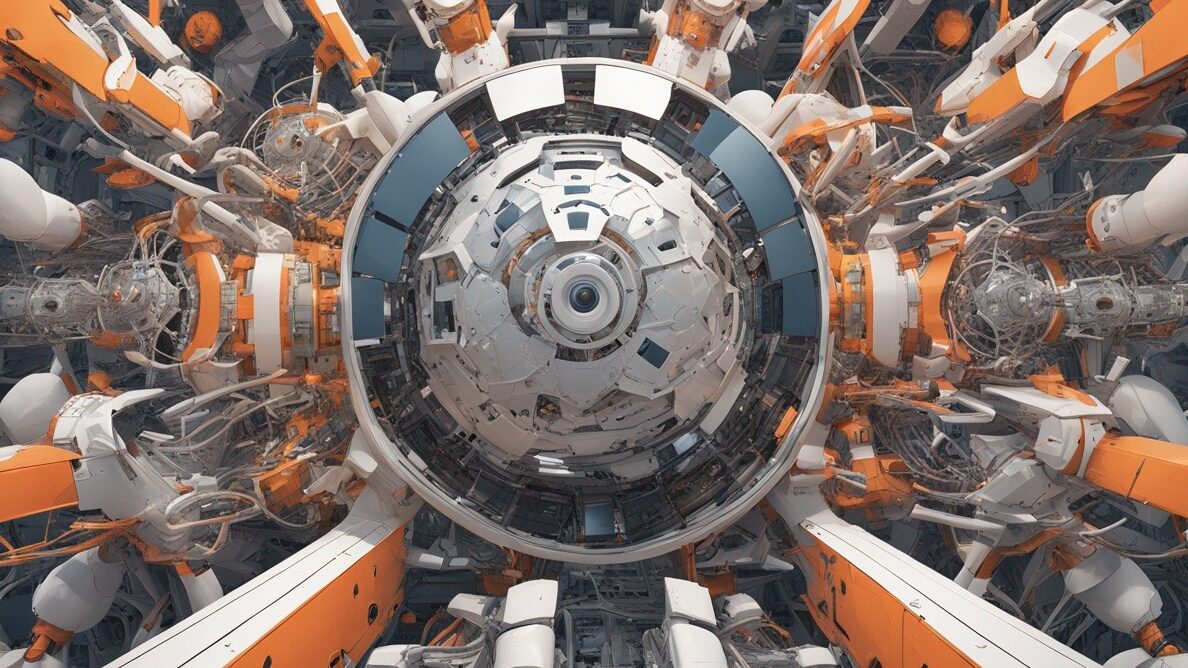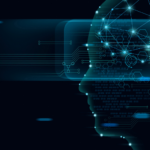
Introduction:
Generative AI is transforming the way we approach technology, creativity, and problem-solving. This branch of artificial intelligence uses advanced algorithms to create new content—be it text, images, music, or even code. In this blog, we’ll explore how generative AI works, its current applications, and its future potential across industries.
What is Generative AI?
Generative AI refers to machine learning models, like OpenAI’s GPT-4 and DALL-E, that can generate new content based on input data. Unlike traditional AI that analyzes and processes existing data, generative AI creates something entirely new by learning patterns from large datasets. This is achieved using technologies like neural networks and deep learning.
How Does Generative AI Work?
Generative AI models are trained on vast datasets, learning patterns and relationships within the data. Through techniques like unsupervised learning, the model generates new outputs—whether that’s written articles, realistic images, or even voice simulations—by predicting the most probable outcomes based on learned data.
Applications of Generative AI:
- Content Creation: AI tools like ChatGPT are widely used for generating blog posts, social media content, and even technical documentation. Companies leverage these tools for faster, cost-effective content production.
- Art and Design: Artists and designers use AI-driven tools like DALL-E to create visual content. AI-generated artwork is becoming common in digital marketing and advertising.
- Software Development: Codex, another generative AI tool, can write code, helping developers streamline software development processes.
- Healthcare: AI is aiding in drug discovery by generating potential chemical compounds and simulating medical data for research.
Benefits of Generative AI:
- Efficiency: Automates repetitive tasks like content creation, freeing up time for more strategic work.
- Scalability: Businesses can generate personalized content at scale, making customer engagement more effective.
- Creativity: AI augments human creativity by suggesting novel ideas, designs, and solutions.
Challenges and Ethical Considerations:
Despite its promise, generative AI raises ethical concerns such as the potential for misuse (e.g., deepfakes, AI-generated misinformation), intellectual property issues, and job displacement in creative fields. Ensuring transparency and ethical use is critical to its long-term success.
Future of Generative AI:
As AI models become more sophisticated, generative AI will likely expand into areas like personalized medicine, fully automated media production, and autonomous creative endeavors. The continued refinement of these technologies promises more human-AI collaboration in every sector.
Endnote:
Generative AI is reshaping industries, enabling new possibilities in creativity, efficiency, and automation. As technology advances, the integration of AI into everyday business operations will only grow. By staying informed and adapting to these trends, businesses and individuals alike can unlock the full potential of generative AI.




